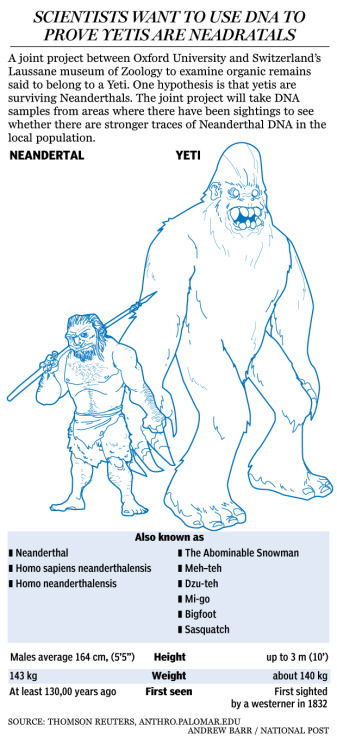Perhaps the best clue in more than 420 years to North Carolina's most famous mystery has just been revealed.
The remains of the Lost Colony, it turns out, could sit under an Arnold Palmer-designed golf course in Bertie County.
Researchers at the British Museum in London, acting at the request of a group of historians and archaeologists in North Carolina, have found a symbol hidden on an ancient map that could show where members of the English colony established on Roanoke Island in 1587 moved.
Representatives of the First Colony Foundation and scholars at the British Museum who appeared via video webcast announced the discovery Thursday in a news conference at the University of North Carolina Chapel Hill's Wilson Library.
The elaborate "Virginea Pars" map was created by members of Sir Walter Raleigh's Roanoke Colony expeditions of 1584-1590, the first attempt to establish an English Colony in the New World.
The map, which is unusually accurate for its time, shows the coastal area from the Chesapeake Bay to Cape Lookout, and pinpoints the locations of several native American villages.
Brent Lane, an adjunct professor of Heritage Education at the University of North Carolina Kenan Institute and a scholar with the First Colony Foundation, was studying a map made by the leader of the 1587 colony expedition, John White, when he became intrigued with two patches of paper pasted over small parts of it.
One of the patches was in an area that the settlers had explored, and where some historians had theorized was a likely spot for them to have moved.
The patching technique was normal for the time. When artists wanted to make alterations, they would paste on a patch and draw or paint over it. Still, Lane asked British Museum officials whether they had ever tried to determine what was under the patches.
They hadn't.
When they put the map on a simple light table, which shined through the paper, they saw something startling. Under one patch was a large symbol that appeared show the location of a fort.
The site appears to be at or near what is now the Scotch Hall Preserve, a golf course and residential community just across the Albemarle Sound from Edenton.
Raleigh planned a capital, the "Cittie of Raleigh," and Lane said that the symbol may show both the planned location of that and the most likely place for the colonists to have moved.
Lost Colony Foundation members said Thursday that they were planning new scholarly and archaeological research to explore the new clue about the Bertie site. Early efforts to match pottery recovered from the area to the correct period have already produced some positive results, researchers said. -
chicagotribune



